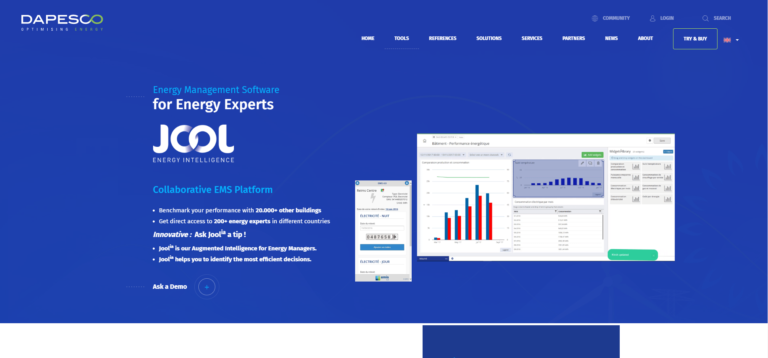SAF+ is a process that turns CO2 into high-quality fuel for the aviation industry.
The International Air Transport Association (IATA) says that by 2037, the aviation industry’s carbon footprint will be twice as big as it was before COVID. This trend will have a big effect on the aviation industry’s GHG footprint, which has been about 3% of the world’s annual GHG emissions. In response, the global aviation industry has started setting goals for growth that won’t add to carbon emissions. Because the rules for reducing GHG emissions are changing and there aren’t many sustainable fuel initiatives for aviation yet, airlines will need low-carbon fuels as soon as possible in the coming years. SAF+ takes in carbon and mixes it with hydrogen to make jet fuel that meets ASTM-7566 standards. By doing this, its jet fuel reduces greenhouse gas emissions over its entire life cycle by 80% compared to conventional jet fuels. This helps airlines meet the rules set by international and national organizations that want to meet their goals for reducing greenhouse gas emissions (GHG).
Positive facts about SAF+
For each ton of SAF+ fuel produced, we capture 2.7 tons of CO2 and avoid 100% of the emissions and impacts linked to oil extraction
One liter of SAF+ fuel needs only between 1.2 l to 3 l of water, up to 86% reduction compared with regular jet fuel
Over 80% CO2e reduction as compared to conventional jet fuel
Virtually no SOx emissions, up to 90% less particulate matter and up to 5% less NOx than regular jet fuel
When operational, our fuel could take 1600 passengers per day from Montreal to Chicago
Production cost is 100% independent of fossil fuel prices
We sell sustainable aviation fuel (SAF) that is 33% cheaper than SAF alternatives.
Video about SAF+
https://www.youtube.com/embed/hFlFE2kfPxQ
SAF+ website : https://benzinga.com/pressreleases/21/09/n22906448/media-advisory-the-saf-consortium-reaches-a-major-milestone-in-its-history

